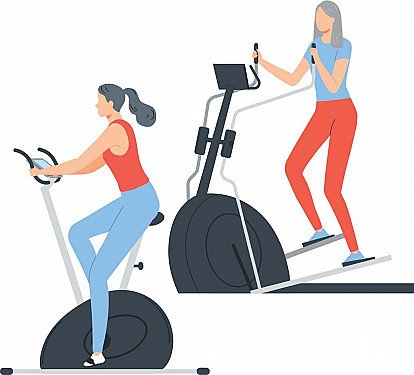Get moving to avoid blood clots from TV watching
In the journals
Even if you get enough exercise, you are still at risk for blood clots from too much sitting in front of the TV, according to research presented at the American Heart Association's Scientific Sessions in November 2017.
Prolonged TV viewing has already been associated with heart disease involving blocked arteries, but this is the first study in a Western population to look at blood clots in the veins of the legs, arms, pelvis, and lungs known as venous thromboembolism.
Researchers examined more than 15,000 people (average age 55) and found that the risk of developing venous thromboembolism for the first time was 1.7 times higher among those who reported watching TV "very often" compared with those who watched TV "never or seldom." Most surprising was that the rate was 1.8 times higher in those who watched TV very often but also met the recommended guidelines of 150 minutes of moderate-intensity exercise per week.
The experts suggested people can reduce their risk by breaking up prolonged sitting (in front of the TV or otherwise). For instance, get up and move around every 20 to 30 minutes (go for a quick walk), or combine exercise with TV time — for instance, by using a treadmill or stationary bike while you watch your shows.
Disclaimer:
As a service to our readers, Harvard Health Publishing provides access to our library of archived content. Please note the date of last review or update on all articles.
No content on this site, regardless of date, should ever be used as a substitute for direct medical advice from your doctor or other qualified clinician.















